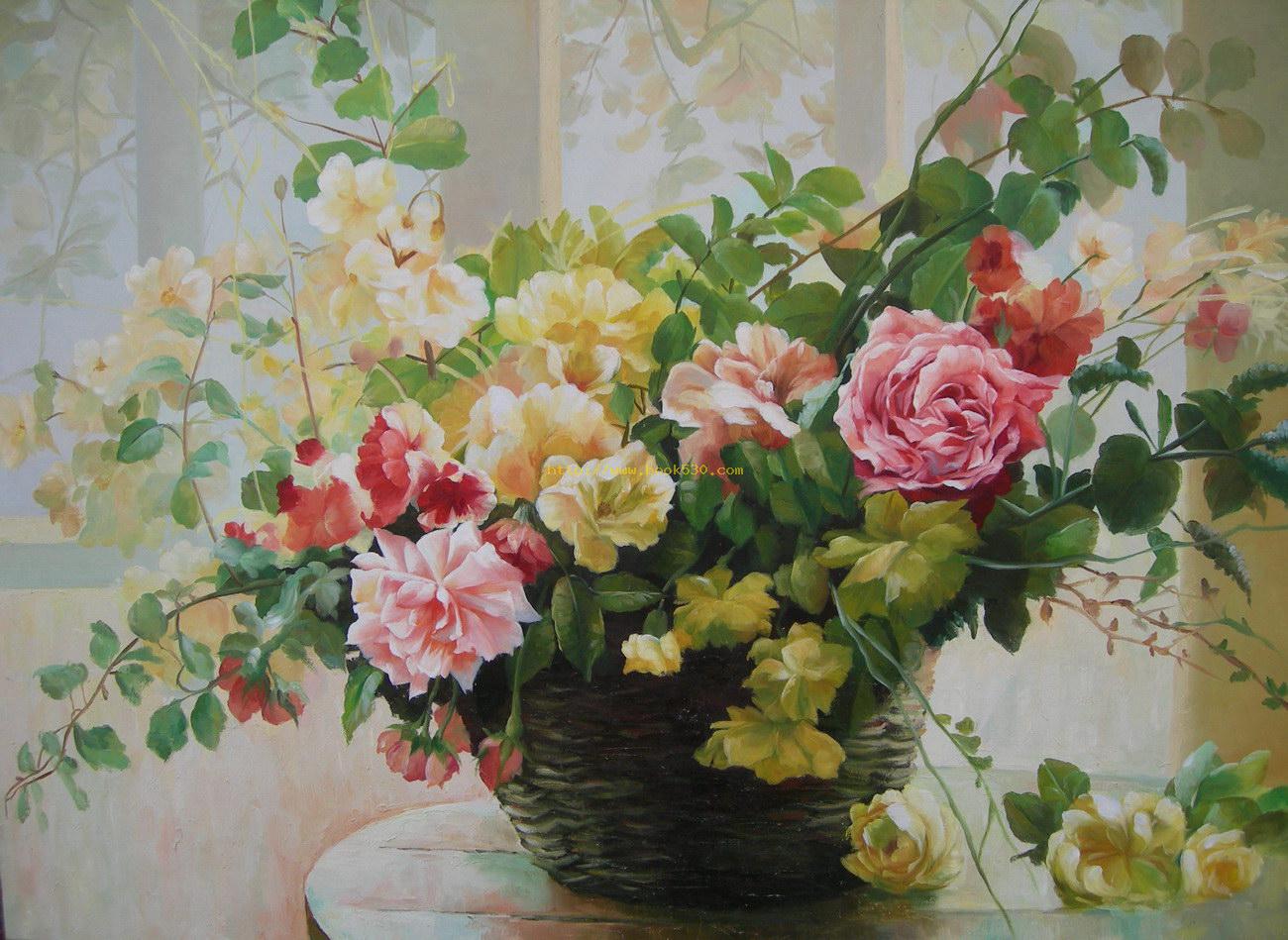Paintings Of Flowers Biography
(Source google.com)
The Flowering Orchards is a series of paintings executed by Vincent van Gogh in Arles, in southern France in the spring of 1888. Van Gogh arrived in Arles in February 1888 amid a snowstorm, within two weeks the weather changed and the fruit trees were in blossom. Appreciating the symbolism of rebirth, Van Gogh worked with optimism and zeal on about fourteen paintings of flowering trees in the early spring. He also made paintings of flowering trees inSaint-Rémy in 1889.
Flowering trees were special to Van Gogh. They represented awakening and hope. He enjoyed them aesthetically and found joy in painting flowering trees. The 'trees and orchards in bloom' paintings Van Gogh made reflectImpressionist, Divisionist and Japanese woodcut influences.
When Van Gogh arrived in Arles in February 1888 fruit trees in the orchards were about to bloom. The blossoms of the apricot, peach and plum trees motivated him, and within a month he had created fourteen paintings of blossoming fruit trees. Excited by the subject matter, Van Gogh completed nearly one painting a day. Around April 21 Van Gogh wrote to Theo, that he "will have to seek something new, now the orchards have almost finished blossoming."
Flowering trees represented a source of spiritual renewal for Van Gogh. In 1883 Theo wrote to his brother of the symbolism of the flowering tree, seeing the evidence of rebirth like the "man who finally produces something poignant as the blossom of a hard, difficult life, is a wonder, like the black hawthorn, or better still the gnarled old apple tree which at certain moments bears blossoms which are among the most delicate and virginal things under the sun."
In 1888, Van Gogh became inspired in southern France and began the most productive period of his painting career. He sought the brilliance and light of the sun which would obscure the detail, simplifying the subjects. It also would make the lines of composition clearer. This effect would suit his ambition to create the simple patterns he appreciated in Japanese woodblocks. Arles, he said, was "the Japan of the South." Van Gogh found in the south that colors were more vivid. Pairs of complementary colors, such as "the red and green of the plants, the woven highlights of oranges and blue in the fence, even the pink clouds that enliven the turquoise sky" — create an intensity through their pairing.
Mancoff says of flowering trees and this work, The southern region and the flowering trees seems to awakened Van Gogh from his doldrums into a state of clear direction, hyper-activity and good cheer. He wrote, "I am up to my ears in work for the trees are in blossom and I want to paint a Provençal orchard of astonishing gaiety." While in the past a very active period would have drained him, this time he was invigorated. To paint the flowering orchards Van Gogh contended with the winds which were so strong that he drove pegs into the ground to which he fastened his easel. Even so, he found painting the orchards "too lovely" to miss. Van Gogh may have envisioned several triptychs of his paintings of orchards and flowering trees. There is, though, only one documented and sketched triptych grouping, one which Van Gogh thought of for Theo's apartment. Johanna van Gogh-Bonger displayed them in the apartment according to Van Gogh's sketch, the vertical Pink Peach Tree between the Pink Orchard and the White Orchard.
In Paris Van Gogh learned to paint more than what one sees, but what is should be. Van Gogh felt Pink Orchard was an example of wise use of that technique, such as leaving a field blank behind the orchard to create the feeling of distance. The way in which he outlined the bark of the tree indicates influence of the Japanese prints that he greatly admired. Using an Impressionist technique of placing colors side by side, Van Gogh makes short dots or brush strokes of colors to represent grass. On the top of the tree he uses rougher, more impasto brushstrokes to represent the colorful blossoms Van Gogh asked his brother Theo to "shave off" some of the impasto in this painting. Apparently he did not reline, a process of heavy pressure and heat to flatten the surface, because the paintings sharp edges of thick impasto remain.
Paintings Of Flowers Pintings of Nature Abstract on Canvas for Kids Scenes Love Beauty and Environment Wallpapers Easy Scenery

Paintings Of Flowers Pintings of Nature Abstract on Canvas for Kids Scenes Love Beauty and Environment Wallpapers Easy Scenery

Paintings Of Flowers Pintings of Nature Abstract on Canvas for Kids Scenes Love Beauty and Environment Wallpapers Easy Scenery
Paintings Of Flowers Pintings of Nature Abstract on Canvas for Kids Scenes Love Beauty and Environment Wallpapers Easy Scenery

Paintings Of Flowers Pintings of Nature Abstract on Canvas for Kids Scenes Love Beauty and Environment Wallpapers Easy Scenery
Paintings Of Flowers Pintings of Nature Abstract on Canvas for Kids Scenes Love Beauty and Environment Wallpapers Easy Scenery
Paintings Of Flowers Pintings of Nature Abstract on Canvas for Kids Scenes Love Beauty and Environment Wallpapers Easy Scenery
Paintings Of Flowers Pintings of Nature Abstract on Canvas for Kids Scenes Love Beauty and Environment Wallpapers Easy Scenery
Paintings Of Flowers Pintings of Nature Abstract on Canvas for Kids Scenes Love Beauty and Environment Wallpapers Easy Scenery
Paintings Of Flowers Pintings of Nature Abstract on Canvas for Kids Scenes Love Beauty and Environment Wallpapers Easy Scenery
Paintings Of Flowers Pintings of Nature Abstract on Canvas for Kids Scenes Love Beauty and Environment Wallpapers Easy Scenery
Paintings Of Flowers Pintings of Nature Abstract on Canvas for Kids Scenes Love Beauty and Environment Wallpapers Easy Scenery
Paintings Of Flowers Pintings of Nature Abstract on Canvas for Kids Scenes Love Beauty and Environment Wallpapers Easy Scenery

Paintings Of Flowers Pintings of Nature Abstract on Canvas for Kids Scenes Love Beauty and Environment Wallpapers Easy Scenery

No comments:
Post a Comment